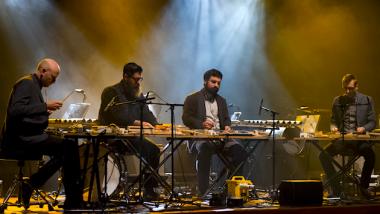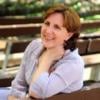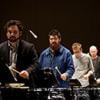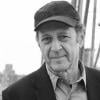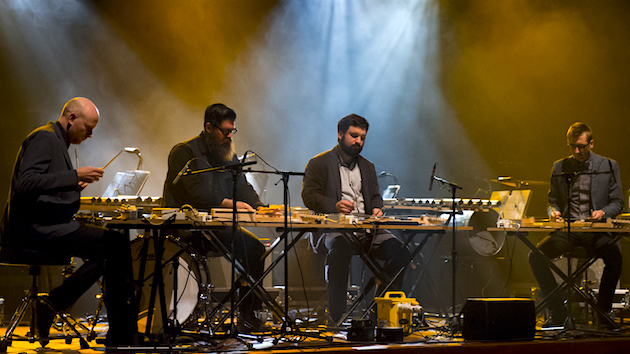
When excitement over new possibilities also involves the loss of something comfortable, pleasure and pain can tangle together. On Thursday evening at Herbst Theater in San Francisco, San Francisco Performances presented a collaboration between three acclaimed performers: soprano Dawn Upshaw, pianist Gilbert Kalish, and a quartet known as Sō Percussion. With new music by Caroline Shaw, Bryce Dessner, and a well-known work by George Crumb, this program proved that novelty indeed tends to exhilarate. It also hammered home that human nature can yearn for the unknown while simultaneously longing for the familiar-yet-lost.
In addition to composing art music, Dessner plays electric guitar. His Music for Wood and Strings sometimes sounded like one. But Dessner worked with an instrument builder, Aron Sanchez, to create amplified “dulcimer-like instruments” for this piece. At times, the ensemble seemed to have been recast as an experimental string quartet.
Performing from memory, the percussionists used bows, mallets, and their own feet and fingers to produce Dessner’s unique amalgam of folk-like melodies, largely triadic harmonies, and overlaying rhythmic patterns. While also making use of traditional forces such as woodblocks and a bass drum, the excerpt performed on Thursday ended with a feverish, crescendoing climax underscored by ever-accelerating, thunderous thumps. I heard several listeners lamenting that Sō Percussion did not perform Dessner’s strange (albeit mesmeric) brainchild in its entirety.
A forefather of strange timbral brainchildren, George Crumb orchestrated Winds of Destiny (American Songbook IV, 2004) for soprano, piano, and four percussionists. By and large, Crumb preserved the melodies of these eight American songs that date from the Civil War era. But — like a throng of skeletons emerging from nowhere to transform a festive parade into an unsettling, jangly funeral procession — bizarre sonorities, slightly altered rhythms, and phrases ending with declamations reminiscent of Schoenbergian Sprechstimme alienate or defamiliarize these tunes. “When Johnny Comes Marching Home,” for example, gave me the aching and unshakable suspicion that Johnny never actually went marching home ever again.
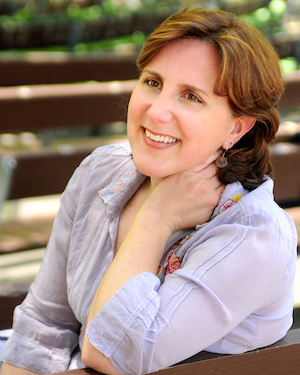
While the demands that Winds of Destiny placed on the whole ensemble seemed staggering, Upshaw rightly stood center stage. The subtleties of her inimitable interpretation are difficult to describe or to generalize. Hollow and plaintive — amplified yet deliberately restrained — her voice sounded like swallowed pain thrown under a microscope. Crumb allowed for a moment of exuberance at the start of the sixth number, “Go Tell it on the Mountain.” But things soon hushed and ultimately gave way to the next tune’s first line, “In the valley of dark shadows.”
Since Shaw had written an earlier piece for Sō Percussion, the group asked her about writing another — more specifically, they asked whether Shaw might write a piece to program alongside Crumb’s. Like Crumb’s work, Shaw’s resultant piece uses the same combination of voices and instruments, and it similarly sets 19th-century American songs. Hers are from a collection called Sacred Harp. But Shaw gave her lyrics entirely new melodies, and whereas Crumb makes the familiar foreign, Shaw says her A Narrow Sea is about a universal “human yearning for home.” A Narrow Sea was also not as relentlessly devastating as the Crumb — even Shaw’s spooky moments were like a scary movie you take delight in watching.
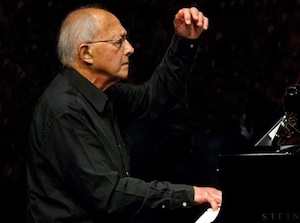
Melanie Smith, the President of San Francisco Performances, described Thursday’s performance as the “second world premiere” of A Narrow Sea. (The true premiere happened a few days earlier at Penn State.) As the name suggests, all the numbers referenced water. Also, the whole piece required a sea of percussion instruments ranging from traditional ones to ceramic mugs and pots to the entire percussion quartet playing the inside of the piano. At the start of the penultimate number, Upshaw poured water into steel mixing bowls, which the percussionists then began striking with mallets.
Shaw’s piece is a cycle not merely in the sense that it is a collection of songs; it also ends with a reprise of the opening tune. While the whole piece seemed to ask “Don’t you feel like going home,” the second-to-last number did so explicitly. The music seemed to answer affirmatively, though the simplicity of the lyrics versus the intensity of the work’s emotions confounded.
Shaw writes that joy engulfs “great sadness.” Similarly, this program expressed that it’s human nature not only to long for bygone homes, but also — and even if it’s painful — to crave knowledge of the unknown.

